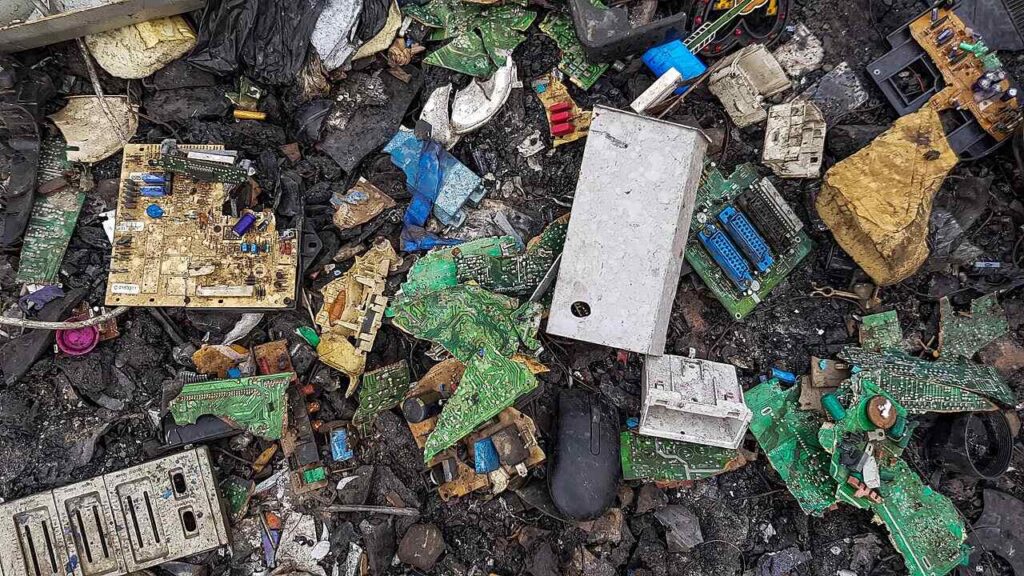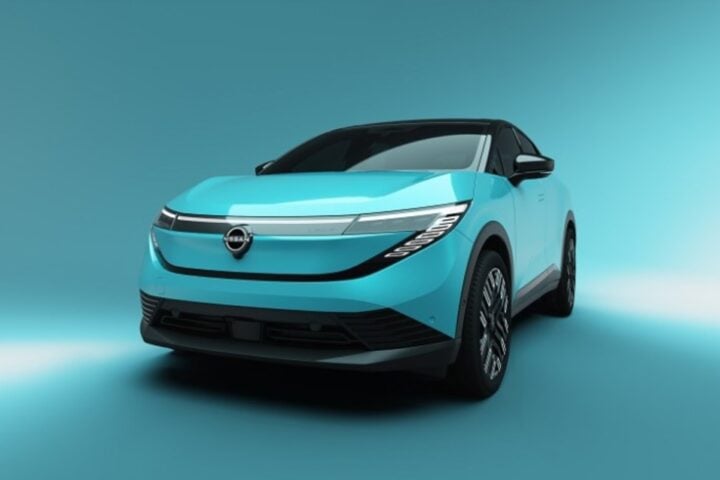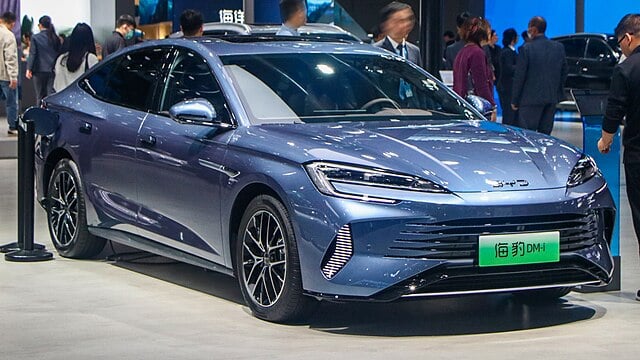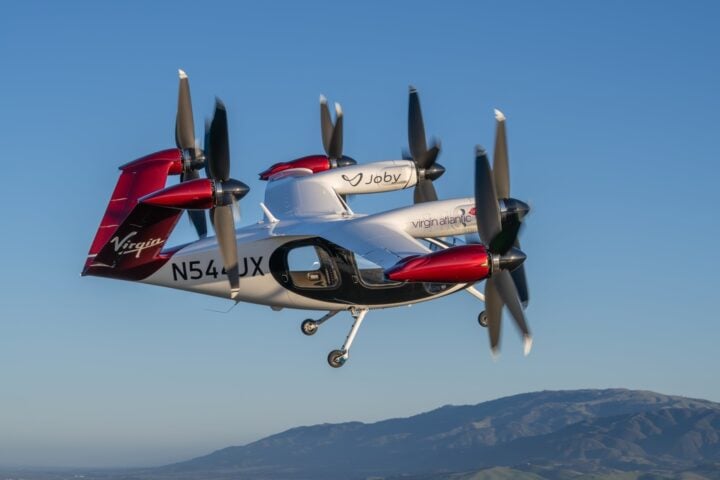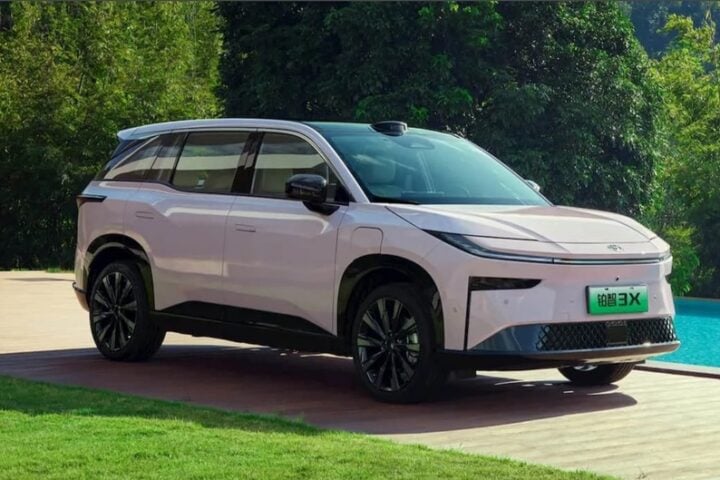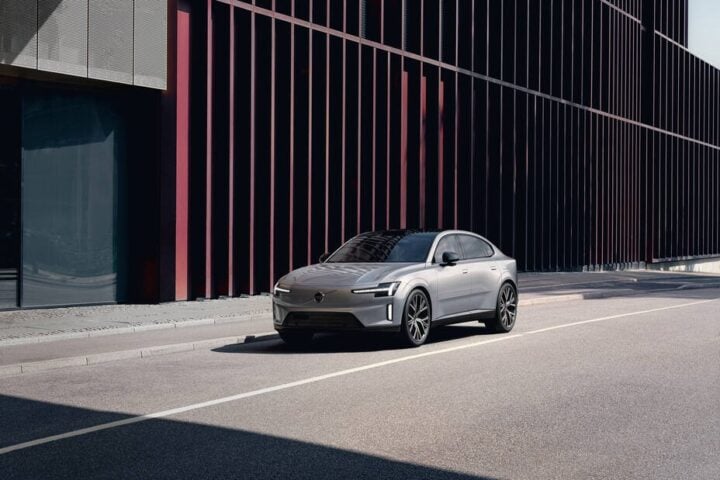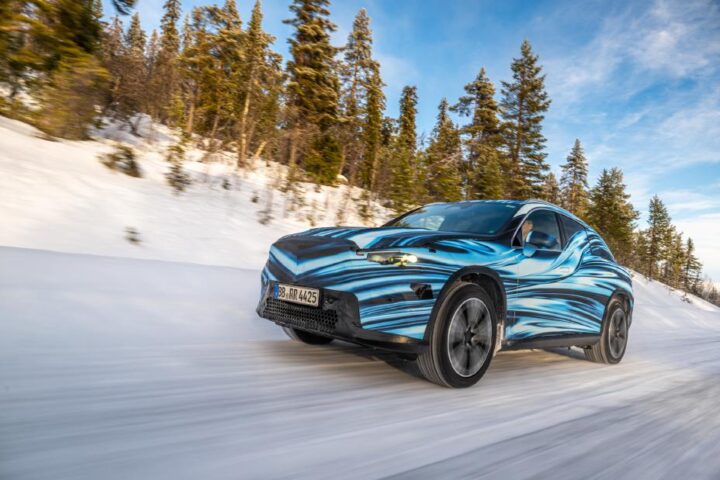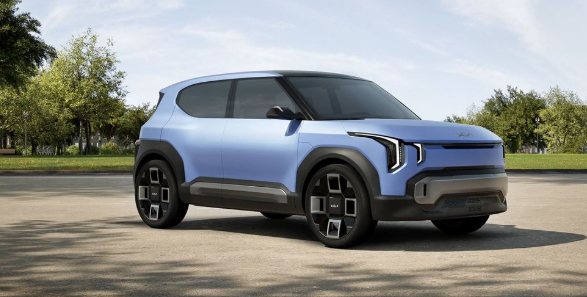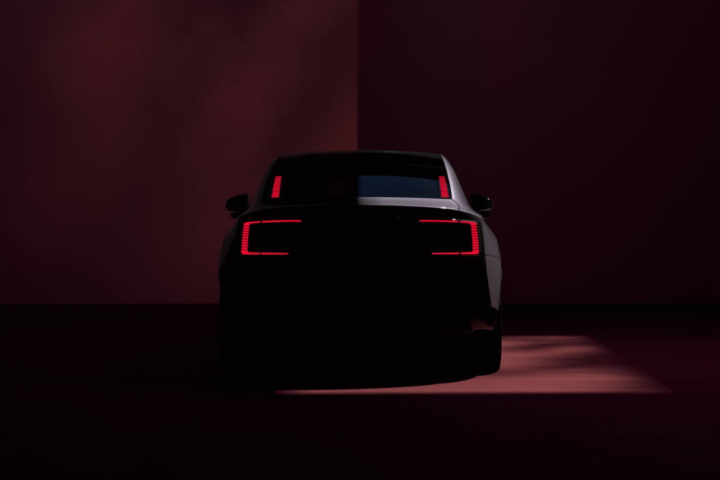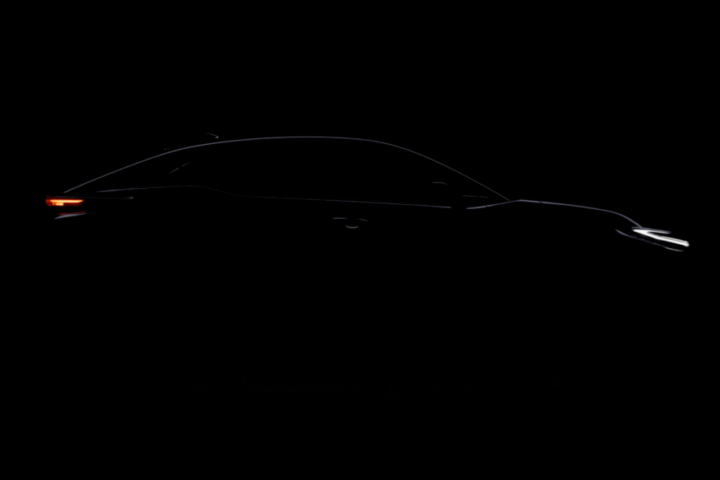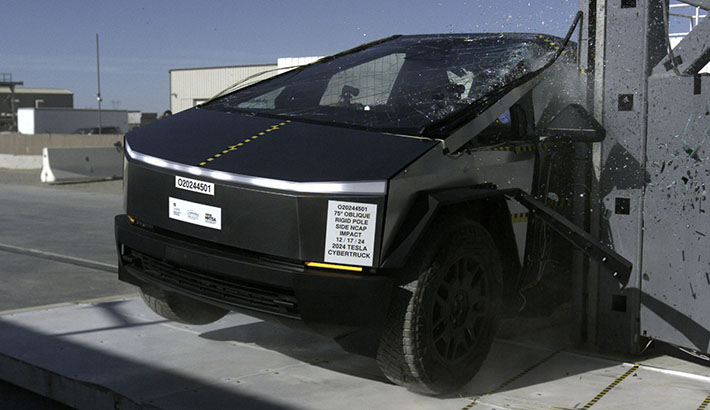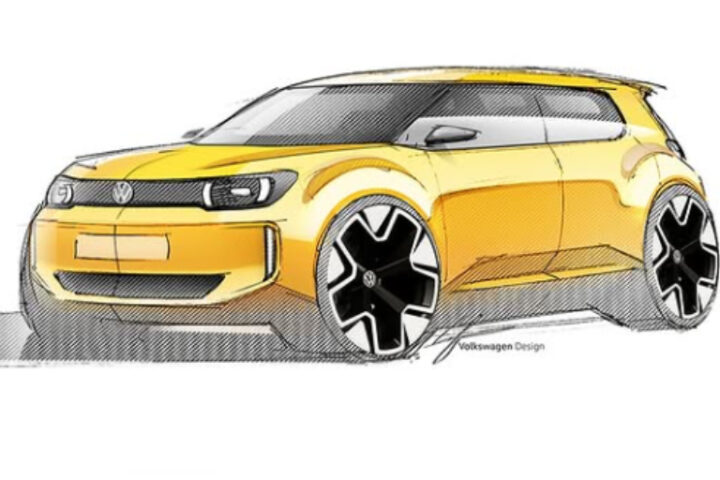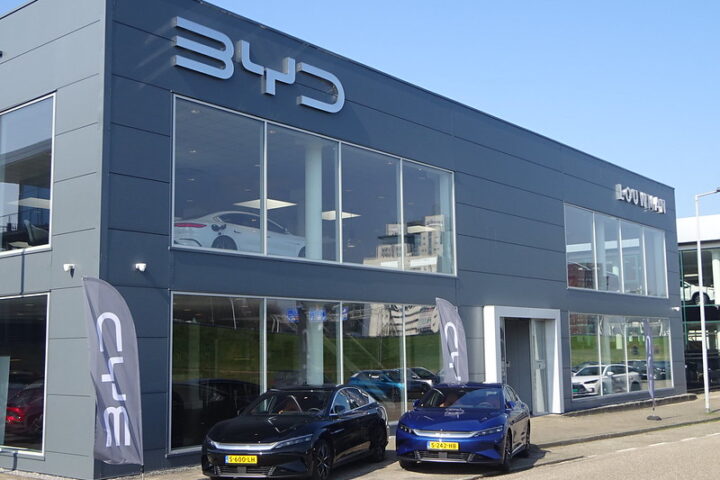Route 358’s electric transformation puts pantograph-equipped Irizar ie tram buses on a 24.14-kilometer (15 Miles) revenue service route linking Crystal Palace and Orpington. The November 20 rollout brings overhead conductive charging to London’s longest electrified route, with pantograph units at both terminals delivering 6-minute flash charging cycles – enough juice for a complete end-to-end revenue run.
These aren’t your standard battery-electric buses. Each of the 20 Irizar units features a roof-mounted pantograph collector, automatically extending to mate with the charging head for rapid DC charging. The system eliminates deadhead runs to depots for midday charging, maximizing revenue service hours. Tech specs show an 80-passenger capacity with a 3:1 road space efficiency ratio compared to private vehicles.
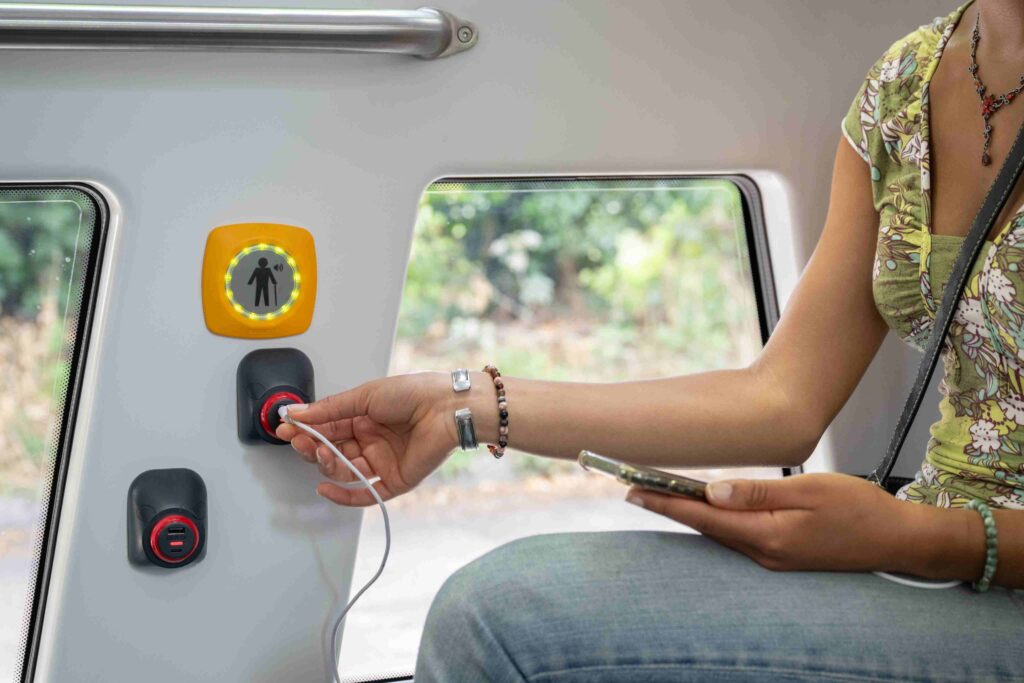
The vehicle engineering specs read like a transit tech wish list: Camera-based mirror replacement systems, speed governors integrated with TfL’s intelligent speed adaptation system, and acoustic vehicle alerting systems (AVAS) for pedestrian safety. The buses feature slip-resistant flooring and ergonomic seating designed for injury prevention.
TfL’s zero-emission fleet count now hits 1,700 units – making it Western Europe’s largest electric bus fleet. The pantograph infrastructure, engineered by UK-based EO Charging, delivers rapid charging through automated connection systems. Daily ops data shows consistent 6-minute charging windows maintaining schedule adherence without impact to headways.
Go-Ahead London’s operations data reveals their electric fleet has hit 636 units. Their £500 million electrification investment for 2024-2026 targets expanded pantograph charging infrastructure. The charging systems feature automated connection systems operating across all weather conditions.
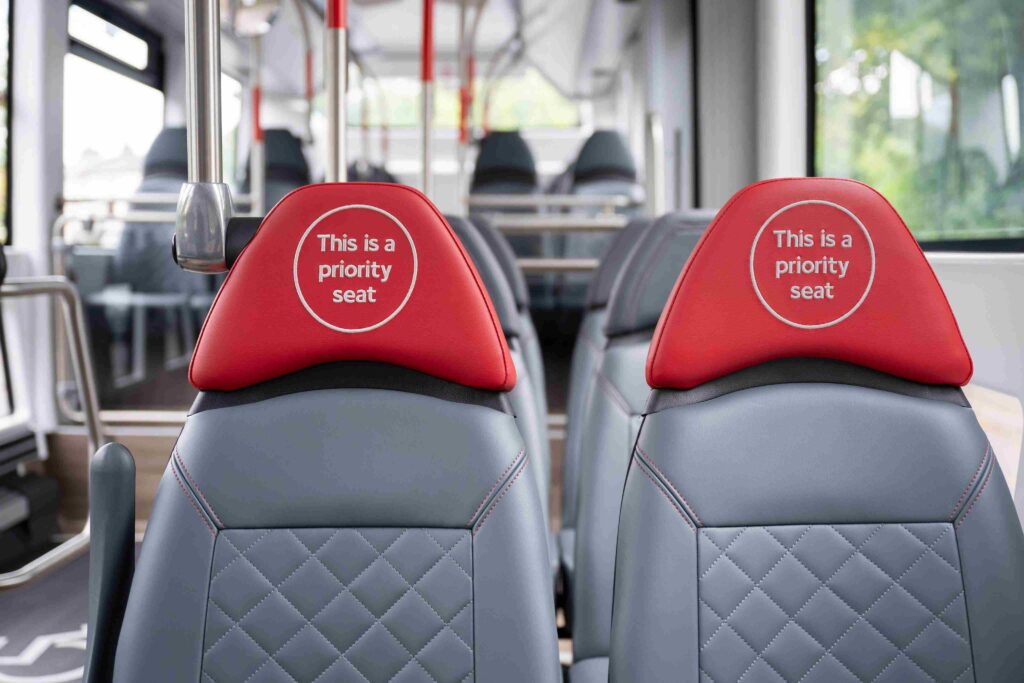
Speaking of infrastructure, the Orpington terminus retrofit required precision engineering. Stop F now handles route 51’s peak frequency demands, while Stop E manages seven routes (358, 684, R1, R4, R5, R8, R10) with synchronized departure timing. Stop D’s expanded capacity accommodates B14, R1, R3, R4, R6, R9, plus non-TfL route 477, all coordinated around pantograph charging windows.
The economic multiplier effect hits hard: 3,000 UK jobs across Ballymena’s chassis production, Falkirk’s powertrain assembly, and Yorkshire’s final integration. TfL’s procurement pipeline drives economies of scale, creating cost efficiencies through standardized pantograph specifications across operators.
Similar Posts
Let’s talk network expansion: TfL’s targeting 25 kilometers of additional bus priority lanes by 2025. The SL4 route connecting Canary Wharf to Grove Park launches next year, synchronizing with the Silvertown Tunnel opening. These routes get first dibs on the next generation of pantograph-equipped units.
The tech evolution from TfL’s 2022 Bexleyheath garage trials shows serious progress. Those early pantograph units proved the concept; today’s systems provide efficient charging while maintaining reliable service. Real-world data from revenue service validates the six-minute charging window maintains reliable headways even during peak demand.
Bus enthusiasts dig the details: Camera systems replace traditional mirrors for improved visibility. The buses feature regenerative braking systems for energy recovery under typical London duty cycles. That slip-resistant flooring? It’s engineered to maintain grip even in wet conditions.
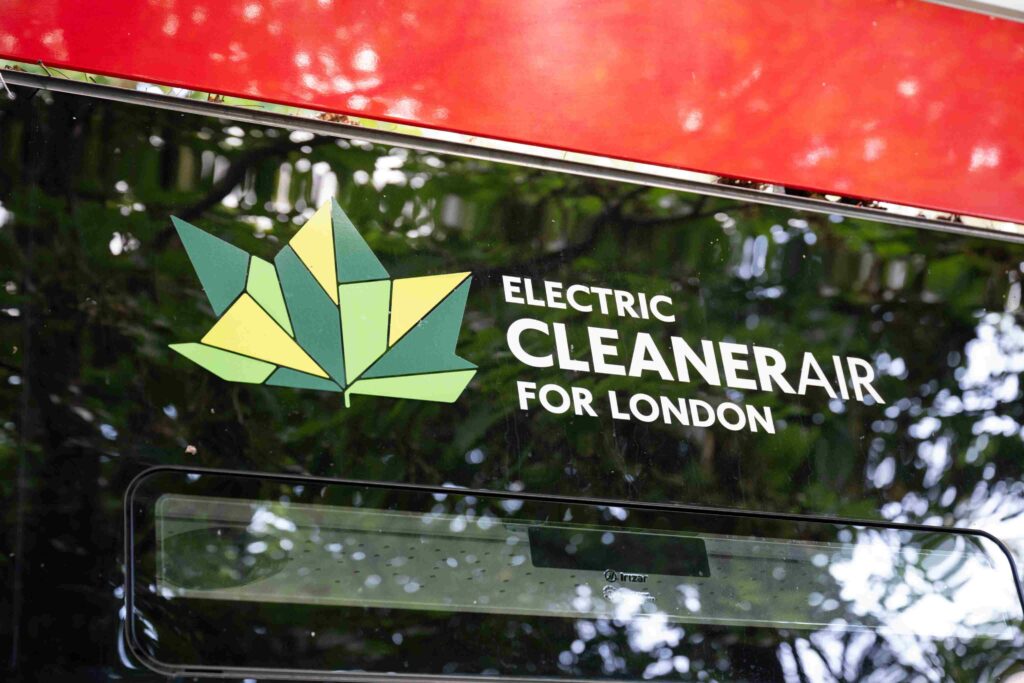
Lorna Murphy, TfL’s Director of Buses, drops the hard facts: “Air pollution contributes to thousands of premature deaths. Our rapid-charging pantograph infrastructure on this 15-mile route delivers cleaner services while maintaining operational efficiency.” The environmental benefits are clear as each bus operates with zero direct emissions.
The Bus Action Plan isn’t just paper pushing – it’s engineering in motion. TfL’s ridership growth targets depend on maintaining service reliability while transitioning to zero emission. The pantograph charging model reduces fleet requirements, creating operational savings for route expansion.
For the transit tech geeks: These buses run with advanced charging systems optimized for the route. Energy consumption data helps maintain efficient operations. The system enables TfL to maintain reliable service while meeting zero-emission goals.
Green Alliance Policy Adviser Rosie Allen nails it: “These buses prove no route’s too long for electrification.” The operational data shows reliable charging across weather conditions, maintaining six-minute charging times during peak hours. That’s what zero-emission public transport looks like in practice.
